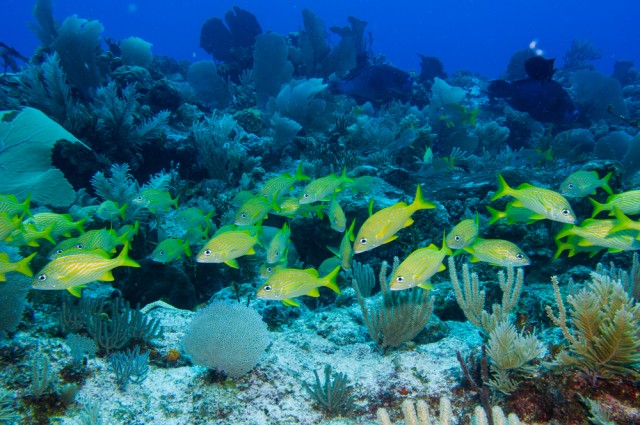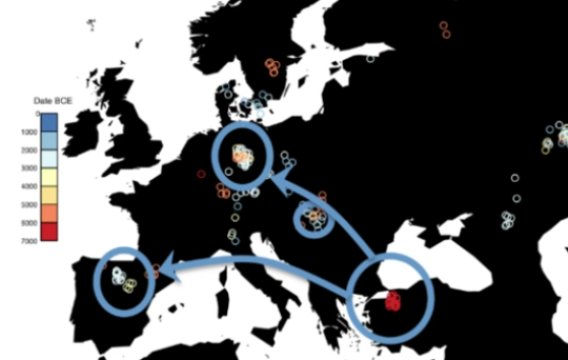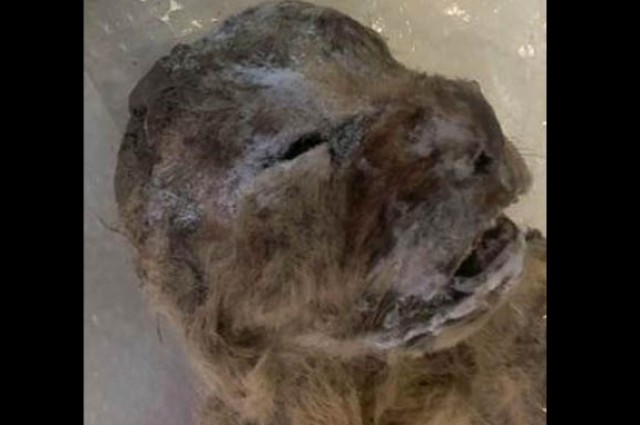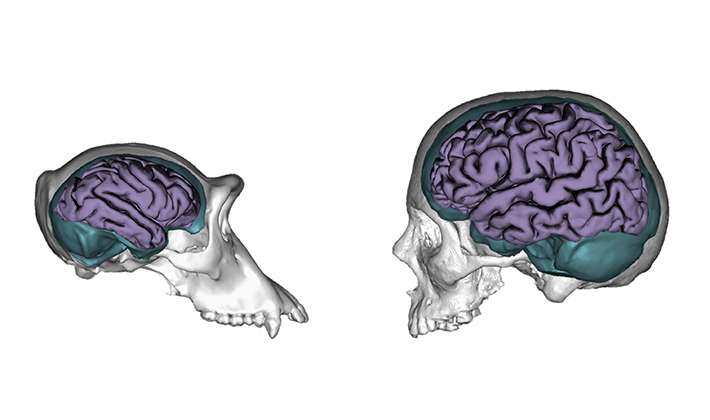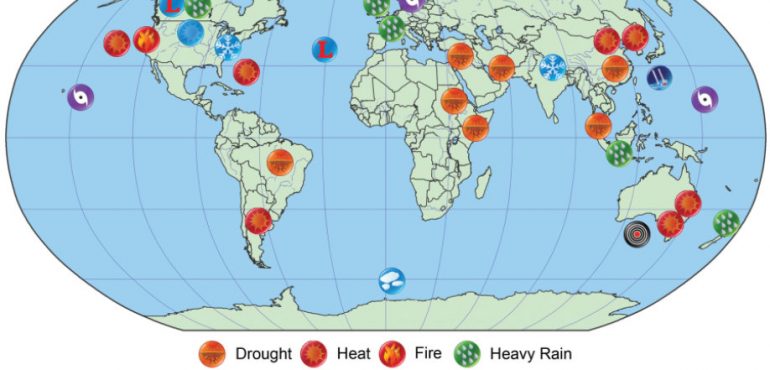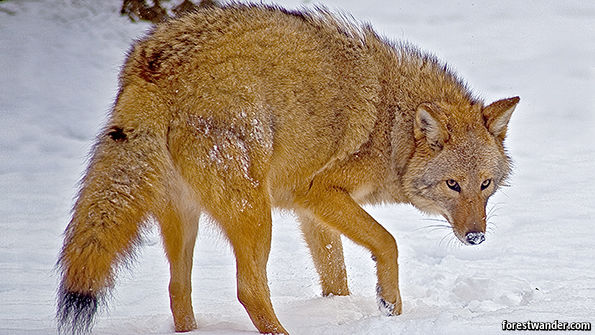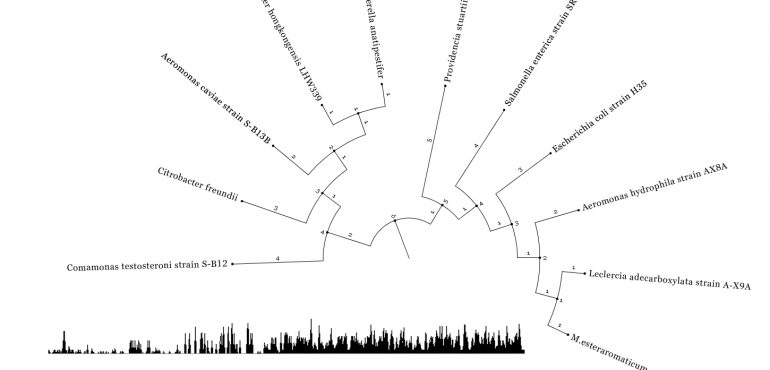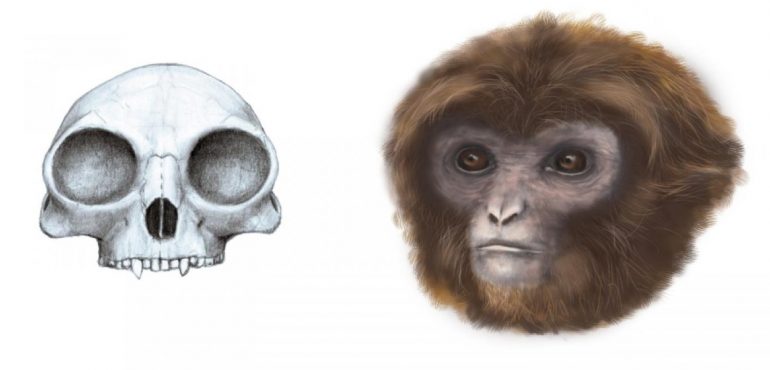Driven by the quest for eternal youth, humankind has spent centuries obsessed with the question of how it is exactly that we age. With advancements in molecular genetic methods in recent decades, the search for the genes involved in the aging process has greatly accelerated. Until now, this was mostly limited to genes of individual…
Read more
Genes for a longer, healthier life found


